Panama Emerald Estate Blue Standard Rose Summer Hand Brewing Temperature, Grinding Degree, Powder Water Ratio Record Brewing Skills

In today's society, to ask what drink is the most expensive, many people will answer is coffee bar, especially boutique coffee is even more expensive! How expensive is it? a cup of Blue Mountain coffee in Qianjie costs 60 yuan, and a cup of Rose summer costs 60 yuan. It looks really expensive, but it is the lowest in the industry! Especially in Rose Summer, nowadays it is true that you don't drink rose summer coffee all your life, and drinking all your coffee is in vain.
Rose summer is called Geisha, pronounced the same as Japanese geisha, so it is also called geisha coffee. Because the tree species is taller than ordinary coffee trees, it was originally planted in a small area of the manor and was used as a windbreak. In order to take part in the annual competition for the best coffee in Panama, the son of the manor owner searched all the coffee trees in the manor for testing, so that Geisha had a chance to appear on the stage. Since then, he has also participated in various world coffee competitions, winning a total of 11 championships.
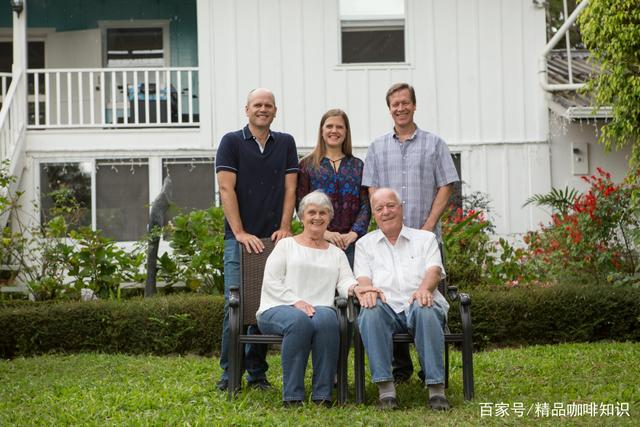
The species of Geisha was discovered in the rose forest of Ethiopia in 1931 and sent to the Coffee Institute in Kenya. Introduced to Uganda and Tanzania in 1936 and Costa Rica in 1953, little attention was paid to Rose Summer until one day, Don Pachi was originally brought to Costa Rica from the town of GESHA in southwestern Ethiopia, and then Rosa entered Panama along the southern route, where Esmerada Manor in Panama separated it from other varieties and won the National Coffee Competition.
Rose is full of sweetness and cleanliness on the palate, with rich aromas ranging from berry and citrus to mango, papaya and peach. A very obvious lemon (bergamot) general aftertaste is also a typical cup test attribute. So far, Rose Summer has been the champion of coffee varieties.
Panama is the most important section of the world coffee map. The beans sold at auction here sell for hundreds of dollars every year.
Award record: (the following is the award record of Jade Manor (Esmeralda):)
Champion of the annual cup test meeting of the American Fine Coffee Association (SCAA))
1st Place Specialty Coffee Association of America
Roasters Guild Cupping Pavilion)
American Fine Coffee Association (SCAA) second place in the annual cup test meeting)
2nd Place Coffee of the Year)
Champion of Panamanian Best Coffee (Best of Panama)
1st Place "Best of Panama",)
Rainforest Alliance (champion of Rainforest A Coffee quality Cup Test,)
1st Place Rainforest A for Quality,)
Panama Geisha (Hacienda La Esmeralda)

Country: Panama
Grade: blue mark
Producing area: Pokuit
Baking degree: light baking
Treatment: washing
Variety: Rose summer
Manor: Jade Manor
Flavor: oolong tea, peach, honey
Panamanian Emerald Manor Rose Summer Coffee beans
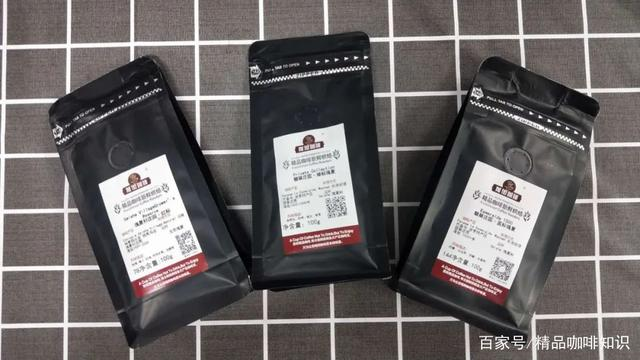
Panama Geisha (Hacienda La Esmeralda)
[Origin]: Panama
[producing area]: located on the hillside of Mount Baru, the highest peak in western Panama
[manor]: Esmeralda (Jade Manor) / Hacienda La Esmeralda
[grade]: blue mark
[growth altitude]: 1450m
[treatment]: fine washing treatment
[special certification]: green rainforest certification
[baking degree]: shallow baking city-
So what is a Panamanian auction?
In 1996, during the lowest period of international coffee prices, seven coffee farms located in Boquete and Volcan saw the dawn of the specialty coffee era. The famous Panamanian Association of Special Coffees of Panama (SCAP) Panamanian boutique coffee association was organized and established. In 2013, the highest gold standard of BOP washing Rose Summer Group was more than 160USD / lb, while the highest standard gold of Sunshine Rose Summer Group was won by Hacienda La Esmeralda Rose Summer with more than US $350USD / lb.

Jade Manor Rose Summer has three brands, which are divided into:
Bidding for ESMERALDA SPECIAL (red bid), selected above 1550 meters above sea level.
Poquet Boquete Geisha (green mark), Rose Summer is a selection of 1500 meters.
(ESMERALDA 1500) (Blue Standard) selected varieties of Rosa rugosa at an altitude of about 1500.
[flavor description]: oolong tea, peach, honey, fresh and comfortable, bright and balanced, strong hierarchical sense of aroma, the whole aroma and caramel sweetness wrapped together, the entrance of the tongue feel sour is obvious, just in the mouth is mild and round, fruit sweet and sweet strong, like swallowing a mouthful of fresh fruit tea, sweet and fragrant. The lower the temperature, the finer the acidity. Charm is also quite long-lasting, let people feel good satisfaction!
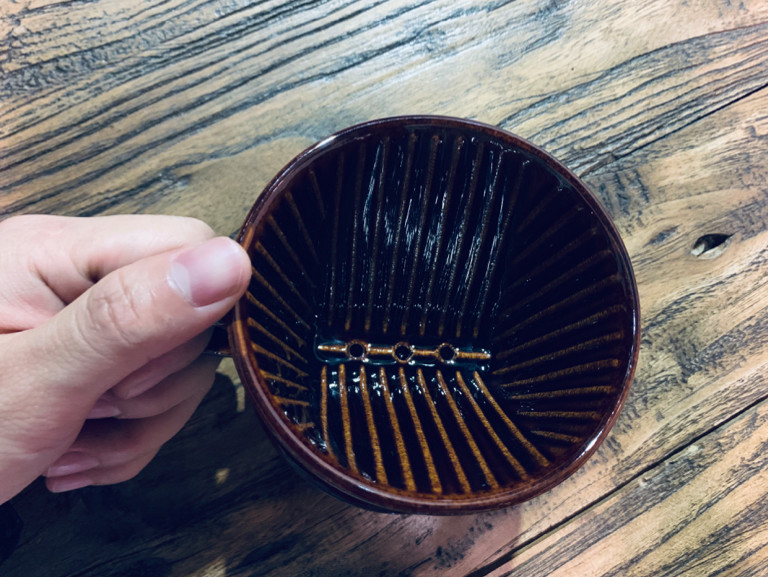
[kalita three-hole trapezoidal filter cup]
Kalita trapezoidal filter cup, also known as "fan-shaped filter cup" or "platform-shaped filter cup", the hole at the bottom is smaller. The kalita trapezoidal filter cup has many ribs on the cup wall, which is distributed in a straight line, and the distance between the ribs is the same, in order to increase the speed of exhaust and water flow. At the same time, its flow rate is relatively slow, and it is mainly extracted by soaking.
Parameters & techniques:
Water temperature: 90 ℃; medium and fine grinding (BG 5R: Chinese standard 20 sieve pass rate 58%), powder / water ratio 1:15.
The amount of powder is 15 grams, steam for 30 grams with 30 grams of water for 30 seconds, water injection to 129 grams, water level drop to 230 grams when the powder bed is about to be exposed. (the time of steaming starts) the extraction time is 1: 39: 55 "
Flavor: the palate has obvious flavors of citrus, lemon and bergamot, with fresh aromas of jasmine and ginger, with honey sweetness and green tea.
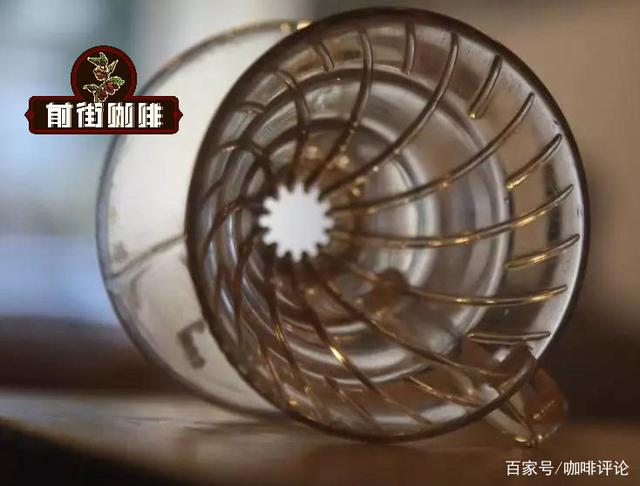
[V60]
The design of the V60 filter cup focuses on the falling speed of the water level, so that the coffee powder particles can achieve a better extraction velocity, and the internal ribs are designed with a Radian whirlpool structure to assist in speeding up the flow of water, extending from the bottom to the top, indicating that the exhaust effect is smooth. Curved ribs increase the flow path to increase the contact time between coffee powder particles and water.
Parameters & techniques:
Water temperature: 90 ℃; medium and fine grinding (BG 5R: Chinese standard 20 sieve pass rate 58%), powder / water ratio 1:15.
The amount of powder is 15 grams, steam for 30 seconds with 28 grams of water, water injection to 128 grams, water level drop to 230 grams when the powder bed is about to be exposed. (the time of steaming starts) the extraction time is 1: 39: 50 "
Flavor: it smells of ginger, with sour notes of citrus and lemon in the mouth, honey in the middle, green tea and brown sugar in the end.
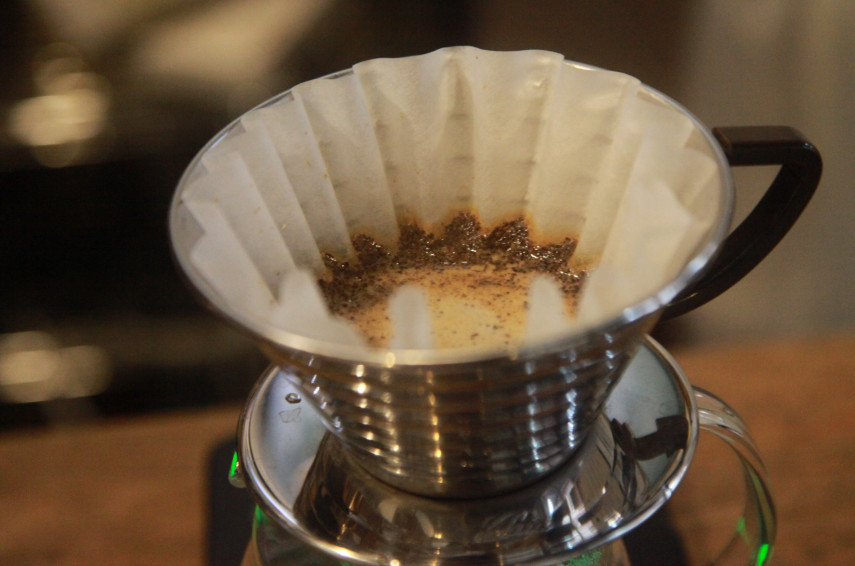
[cake filter cup]
The cake filter cup is flat-bottomed and belongs to semi-immersion extraction, the soaking time is longer, and the bottom of the filter cup is 4 holes, so the flow velocity is relatively uniform.
Parameters & techniques:
Water temperature: 90 ℃; medium and fine grinding (BG 5R: Chinese standard 20 sieve pass rate 58%), powder / water ratio 1:15.
The amount of powder is 15 grams, steam for 30 grams with 30 grams of water for 30 seconds, water injection to 130 grams, water level drop to 230 grams when the powder bed is about to be exposed. (the time of steaming starts) the extraction time is 1: 39 / 52 "
Flavor: it smells of jasmine, sweet and sour citrus in the mouth, chocolate and nuts in the middle, with honey sweetness. The palate is mellow and balanced as a whole.
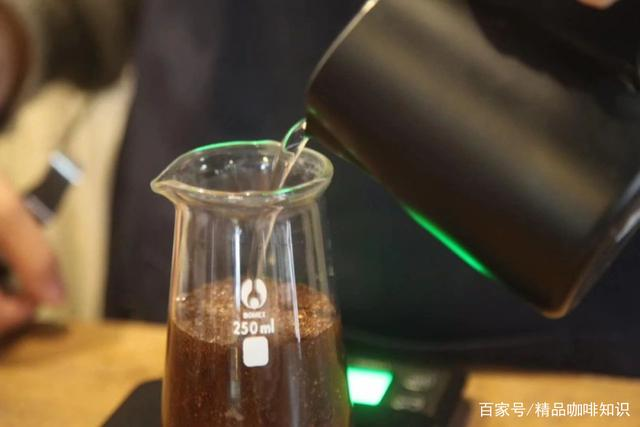
[cold bubble]
Cold bubble is a kind of cold extraction, coffee powder and water are placed in a low temperature environment for a long time extraction, and then filtered to complete.
Parameters & techniques:
Degree of grinding: medium and fine grinding (BG 5R: the pass rate of Chinese standard No. 20 sieve is 58%), the amount of powder is 20g, the ratio of powder to water is 1:10, pour the powder into a cup, put into 200g normal temperature water, stir ten times with a stirring stick to let the coffee powder and water soak fully, and filter out the coffee liquid after soaking for 12 hours.
Flavor: it has a hint of ginger and jasmine, with lemon, honey, nuts and green tea in the mouth, which is refreshing as a whole.
Important Notice :
前街咖啡 FrontStreet Coffee has moved to new addredd:
FrontStreet Coffee Address: 315,Donghua East Road,GuangZhou
Tel:020 38364473
- Prev
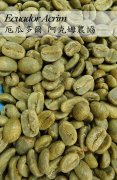
Unknown Coffee Origin Ecuador explores the traditional Ecuadorian Coffee Variety Iron pickup
For the exchange of professional baristas, please follow the Coffee Workshop (Wechat official account cafe_style) this batch is a cooperative organization of raw bean producers of fine coffee in the area bordering Peru in southern Ecuador, which is part of a larger alliance of coffee producers. The association has excellent coordination and leadership, which helps them to position themselves as the top Ecuadorian coffee.
- Next
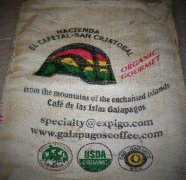
How about Ecuadorian Coffee introduction to Ecuadorian Coffee cultivation History Ecuador Organic Coffee
For the exchange of professional baristas, please follow the coffee workshop (Wechat official account cafe_style) □ at 1000Km off the west coast of Ecuador in South America, located in the archipelago directly below the Pacific equator, namely the Galapagos Islands of Ecuador. The coffee produced here is rare and seldom circulated among ordinary consumers. The islands are recognized by the United Nations Educational, Scientific and Cultural Organization (USECO).
Related
- Detailed explanation of Jadeite planting Land in Panamanian Jadeite Manor introduction to the grading system of Jadeite competitive bidding, Red bid, Green bid and Rose Summer
- Story of Coffee planting in Brenka region of Costa Rica Stonehenge Manor anaerobic heavy honey treatment of flavor mouth
- What's on the barrel of Blue Mountain Coffee beans?
- Can American coffee also pull flowers? How to use hot American style to pull out a good-looking pattern?
- Can you make a cold extract with coffee beans? What is the right proportion for cold-extracted coffee formula?
- Indonesian PWN Gold Mandrine Coffee Origin Features Flavor How to Chong? Mandolin coffee is American.
- A brief introduction to the flavor characteristics of Brazilian yellow bourbon coffee beans
- What is the effect of different water quality on the flavor of cold-extracted coffee? What kind of water is best for brewing coffee?
- Why do you think of Rose Summer whenever you mention Panamanian coffee?
- Introduction to the characteristics of authentic blue mountain coffee bean producing areas? What is the CIB Coffee Authority in Jamaica?

